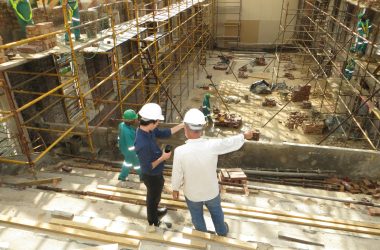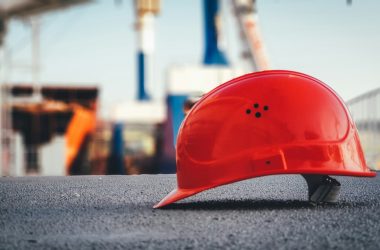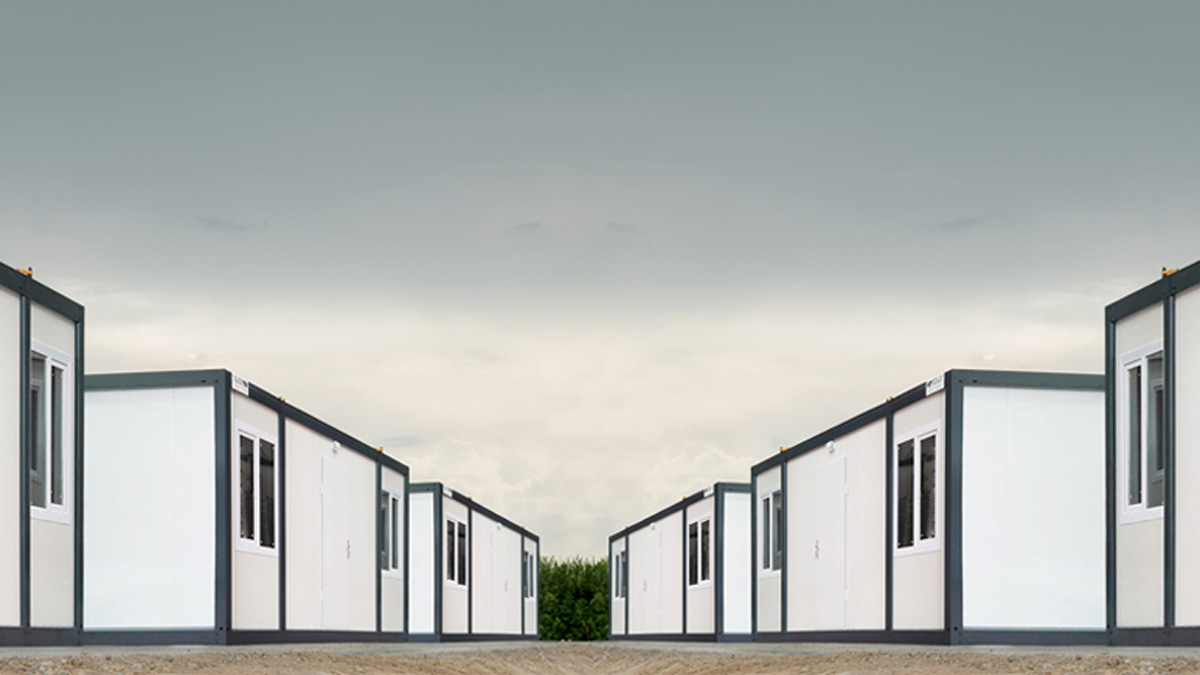Last Updated on: 27th March 2025, 06:39 am
Energy efficiency is no longer just a buzzword—it’s a necessity. Homeowners today are more conscious of their environmental impact and long-term energy costs. For builders, this presents both a challenge and an opportunity. Constructing an energy-efficient home requires careful planning, smart material choices, and the right building techniques. However, the result is a home that’s comfortable, cost-effective, and environmentally responsible.
If you’re looking to incorporate energy-efficient practices into your builds, here’s a guide to help you get started.
1. Smart Site Selection and Orientation
Before laying the foundation, consider the home’s orientation and placement on the site. A well-positioned home can take advantage of natural light, reducing the need for artificial lighting and heating.
- North-facing windows in cooler climates help maximise warmth from the sun during winter.
- In hotter regions, positioning the house to limit direct sun exposure can reduce cooling costs.
- Using landscaping features such as trees and shrubs for shade and wind protection can further improve efficiency.
Proper site planning helps minimise energy consumption from the start, reducing the need for costly retrofits later.
2. High-Performance Insulation and Sealing
Insulation is one of the most important factors in energy-efficient construction. A well-insulated home maintains a stable indoor temperature, reducing reliance on heating and cooling systems.
Key areas to insulate include:
- Walls, floors, and ceilings
- Roof spaces
- Around windows and doors
In addition to insulation, proper sealing is crucial. Air leaks can significantly impact energy efficiency. Using high-quality seals around windows, doors, and ventilation openings prevents heat loss in winter and heat gain in summer.
3. Energy-Efficient Windows and Doors
Traditional windows and doors can be a major source of heat loss. Investing in energy-efficient options can make a big difference in a home’s overall performance.
- Double or triple-glazed windows provide superior insulation compared to single-pane glass.
- Low-emissivity (Low-E) coatings help regulate indoor temperatures by reflecting heat.
- Well-fitted, insulated doors reduce drafts and energy wastage.
Choosing the right materials and placement for windows and doors ensures that natural light is maximised while energy loss is minimised.
4. Sustainable Building Materials
The materials you use can greatly influence a home’s energy efficiency. Sustainable materials are not only environmentally friendly but also help with temperature regulation and durability.
Some eco-friendly material options include:
- Recycled or reclaimed wood
- Insulated concrete forms (ICFs)
- Low-VOC (volatile organic compound) paints and finishes
- Bamboo or cork flooring
Using sustainable materials reduces a home’s carbon footprint and improves indoor air quality, creating a healthier living environment for homeowners.
5. Energy-Efficient Heating and Cooling Systems
Heating and cooling are among the biggest energy consumers in a home. Installing high-efficiency systems can significantly cut energy use and costs.
Consider these options:
- Heat pumps, which provide both heating and cooling with lower energy consumption
- Zoned heating and cooling to regulate temperatures in specific areas of the home
- Smart thermostats that optimise energy use based on occupancy and weather patterns
Additionally, passive heating and cooling techniques—such as cross-ventilation, thermal mass, and shading devices—can further enhance efficiency.
6. Renewable Energy Integration
Solar power has become increasingly accessible and cost-effective for homeowners. Installing solar panels can reduce reliance on the grid and lower electricity bills.
Other renewable energy options include:
- Solar water heaters for an energy-efficient hot water supply
- Wind turbines for supplementary power in suitable locations
- Battery storage systems to store excess energy for later use
For builders, incorporating these systems at the construction stage ensures seamless integration and maximises their effectiveness.
7. Efficient Water Management
Energy efficiency isn’t just about electricity; water conservation plays a crucial role too. Reducing water waste lowers the energy needed for heating and pumping.
Consider implementing:
- Rainwater harvesting systems for irrigation and non-potable use
- Low-flow taps, showerheads, and dual-flush toilets
- Greywater recycling systems for reuse in landscaping or toilets
By incorporating water-saving measures, builders can create homes that are both energy and resource efficient.
8. Smart Home Technology
Modern technology allows homeowners to monitor and optimise their energy use. Smart home features not only add convenience but also contribute to overall efficiency.
Some popular smart energy solutions include:
- Automated lighting systems with motion sensors and timers
- Energy-efficient appliances with smart controls
- Home energy management systems that provide real-time energy consumption data
Integrating these technologies during construction ensures a future-proof home that adapts to changing energy needs.
Making the Right Choices in Construction
For builders looking to streamline their planning and cost estimations, using software for construction management can be highly beneficial. This type of software allows you to factor in energy-efficient materials, systems, and features from the beginning, ensuring accurate cost calculations and better project management. Keeping track of sustainable choices within your estimating process can help you meet client expectations while maintaining profitability.
The Future of Energy-Efficient Homes
Energy-efficient construction isn’t just a passing trend—it’s the future of homebuilding. As energy costs rise and homeowners seek more sustainable options, builders who prioritise efficiency will be in higher demand.
By adopting smarter construction techniques and utilising tools like construction estimating software Australia, builders can deliver high-quality, energy-efficient homes that meet both regulatory requirements and homeowner expectations. In the long run, these efforts benefit not only the homeowner but also the environment, creating a more sustainable future for all.









